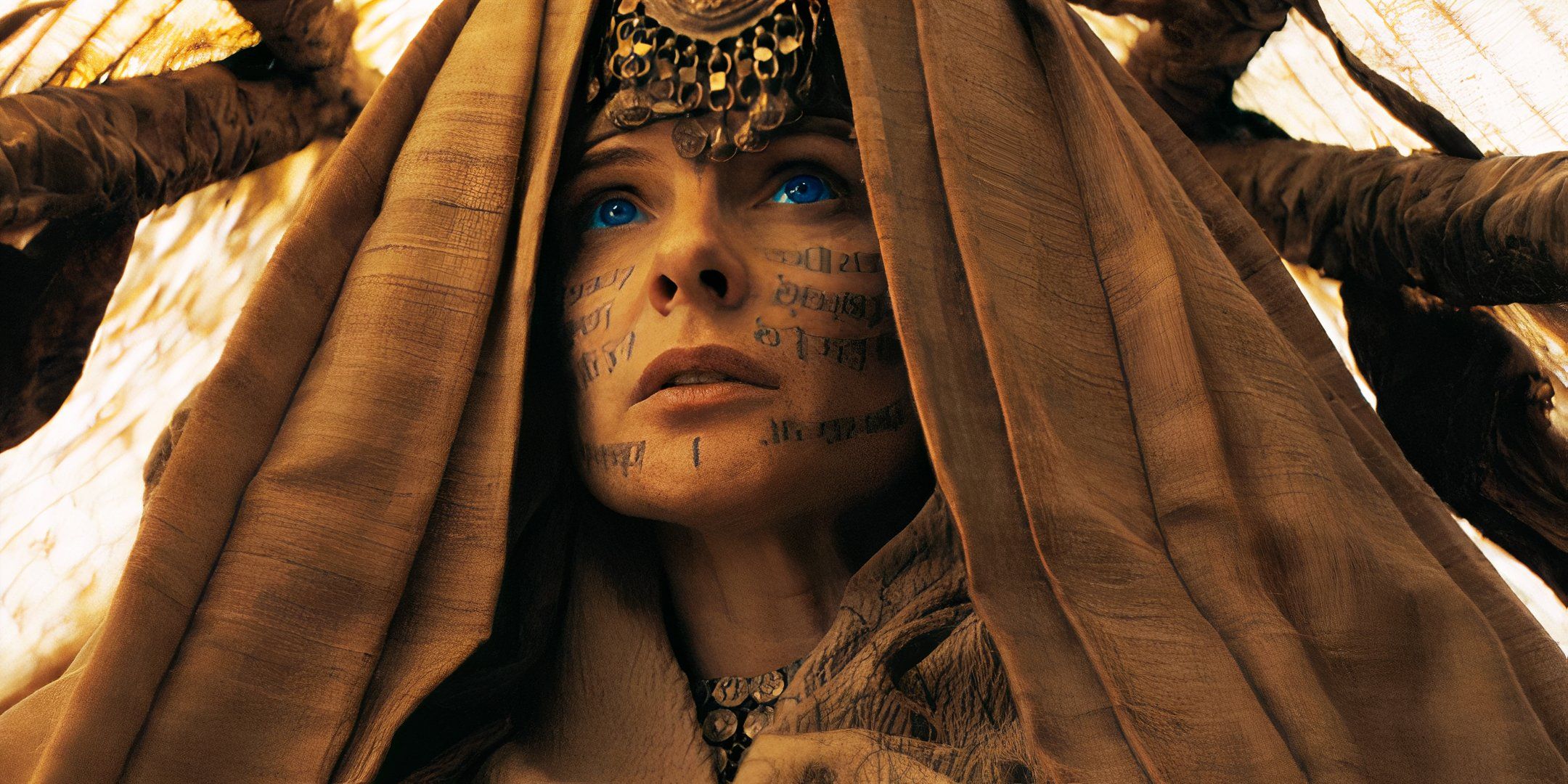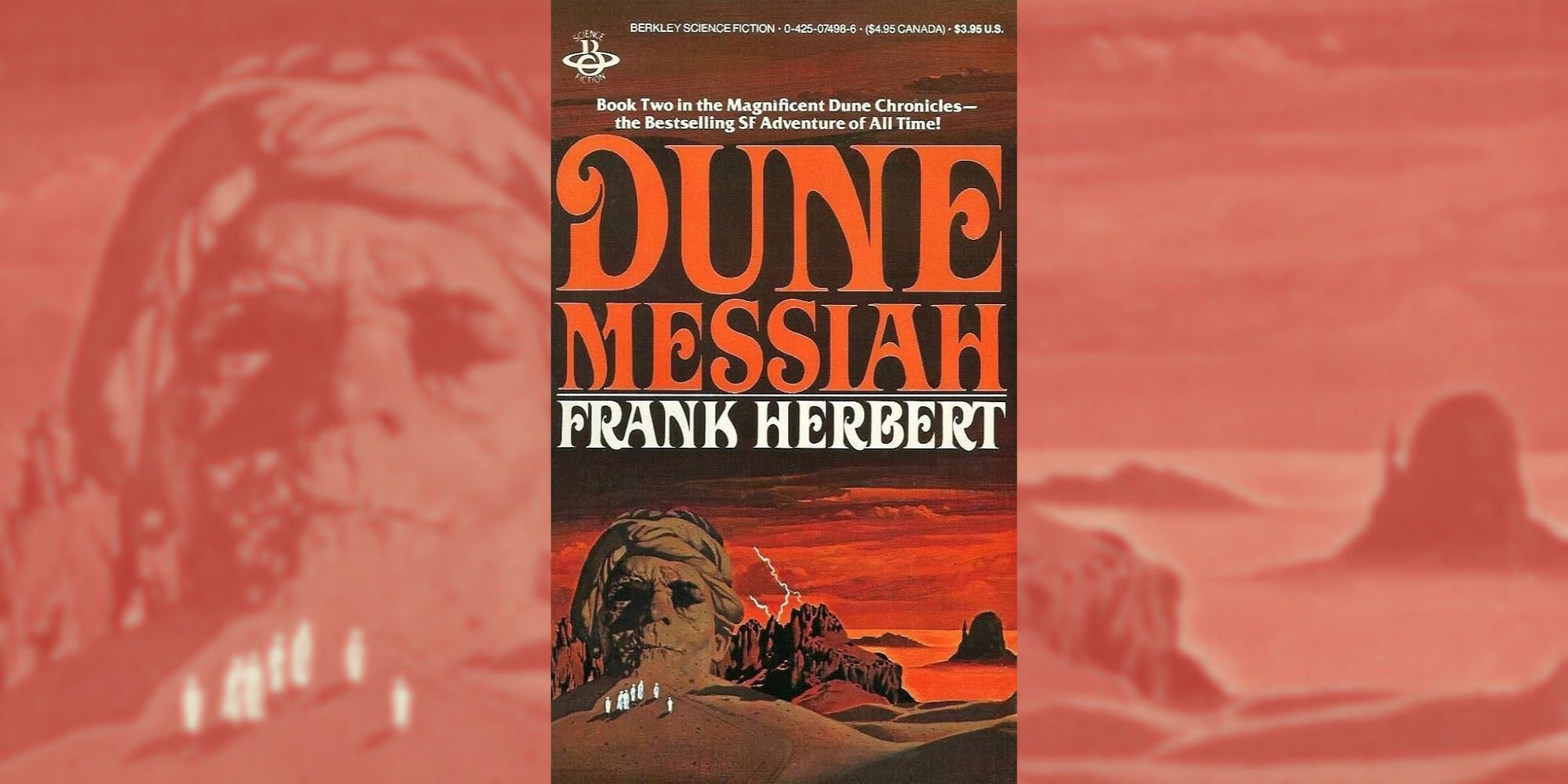This article contains spoilers for Dune Messiah and Children of Dune.Dune: Part Three will reportedly mark the end of Denis Villeneuve’s hugely acclaimed sci-fi trilogy, taking inspiration from Frank Herbert’s controversial novel Dune Messiah. The story takes place several years after Paul Atreides’ victory at the end of Dune: Part 2, as his enemies conspire to bring an end to his tyrannical reign.
There are countless theories about Dune 3 floating around the internet, but Villeneuve has remained uncharacteristically quiet about his upcoming sequel, which is set for release in December 2026. The story of Dune Messiah is famously difficult to adapt, which means that Villeneuve’s third movie may not be as cut-and-dry as the previous two, which ended up being fairly loyal and authentic adaptations.
Dune 3 Incorporating Children Of Dune Would Be Tricky To Get Right
Following the announcement that Villeneuve’s third movie would be titled Dune: Part 3, many have begun to speculate that it won’t solely be an adaptation of Messiah, but rather a combination of two different Dune sequel stories. If this is the case, it logically follows that Dune: Part 3 could be incorporating some elements of Children of Dune into its narrative.
Children of Dune is the third book in Frank Herbert’s series, and, historically, one of the most divisive. The book takes place nine years after Messiah (which itself takes place twelve years after Dune), and follows Paul Atreides’ young children as they attempt to restore power to the Imperium and protect the ecology of Arrakis.
The main credence behind this theory is that Dune Messiah is simply a very small book in comparison to Dune; the narrative is fairly thin, and much of its storytelling comes from quiet character moments and hushed politics. It doesn’t have the epic scale of Herbert’s first novel, so it would be logical to borrow some aspects from a more plot-heavy book like Children of Dune.
The main problem with this approach is that Children of Dune takes place many years after Dune Messiah, and it would take some huge readjustments to make the stories line up. Leto II and Ghanima, the protagonists of Children of Dune, haven’t been born yet in Villeneuve’s movies, and they likely won’t be around until the ending of Dune Messiah.
This means any storylines involving Leto and Ghanima are essentially impossible to adapt until Paul’s children are born, and Paul’s children can’t be born until characters like Scytale, Edric, and Hayt have been introduced in Dune: Part Three. One movie simply isn’t enough time to introduce all these characters – and that’s ignoring the glaring problem of the nine-year time jump.
The only aspect of Children of Dune that could feasibly be introduced into Dune: Part 3 is the ecological transformation of Arrakis. As predicted by Liet-Kynes in the first book, the Fremen manage to reliably bring water and plants to Arrakis in Children of Dune as a result of Emperor Paul’s universal jihad. However, the Fremen soon realize that their terraforming of the planet is killing the sand worms.
This would be an interesting subplot for Villeneuve to introduce in Dune: Part Three, but the problem is that it can’t be fully resolved until Leto II is born. Just like Paul, Leto II has visions of a so-called “Golden Path” that will bring stability to Arrakis, and this is how he manages to protect the worms and the spice.
Without having Leto around to resolve this subplot, it doesn’t make sense to include it at all. Dune: Part Three would simply feel unfinished, and there’s no confirmation that Dune 4 is happening at all. It would be a huge shame to see this incredible trilogy end without a resolution to this subplot, so the safest decision is to stick exclusively to the plot of Dune Messiah.
Messiah Is A Perfect Ending To Paul Atreides’ Story
Beyond the logistical difficulties of this decision, there’s one simple fact that makes Dune Messiah the perfect end point (for now) of the franchise: this book marks the conclusion of Paul Atreides’ storyline. While there are some brilliant subplots in Herbert’s later novels, they primarily follow a new set of characters. This shift in perspective would be disorienting in Villeneuve’s movies.
There’s an age-old debate about whether Paul Atreides is a hero or villain, and Dune Messiah’s ending is the perfect way of acknowledging both sides of this complex character. After being blinded by an atomic assault on Arrakis, Paul obeys Fremen law and exiles himself to the desert, securing his legacy among the Fremen while accepting the consequences of his violent past.
It’s easy to imagine this moment as the perfect ending to Villeneuve’s Dune trilogy, and pushing forward into Children of Dune’s story would merely lessen the impact of this emotional climax. Although Paul technically returns in the third book as The Preacher, it’s much easier to imagine this self-exile as the true conclusion to his character arc.
Although it’s certainly tempting to draw from the more plot-heavy storytelling of Children of Dune, there’s nothing stopping Villeneuve from making an equally exciting movie purely out of Messiah. The book is filled with conspiracies, secrecy, alliances, and betrayals that may be less action-heavy than the first two Dune movies, but will prove very rewarding to returning audiences who want to see the consequences of Paul Atreides’ victory.




